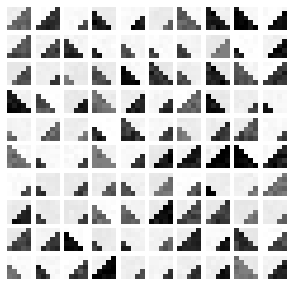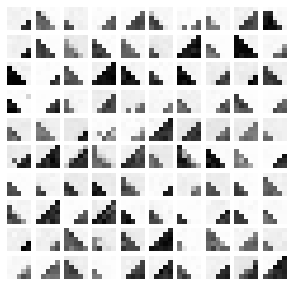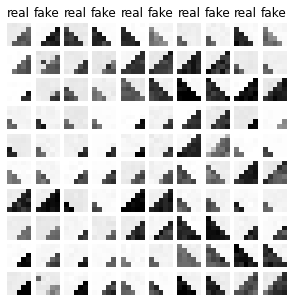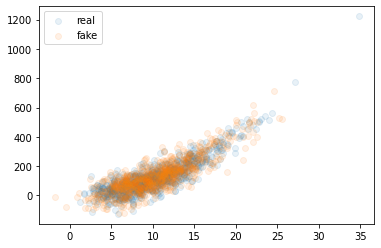flow
This project implements basic Normalizing Flows in PyTorch and provides functionality for defining your own easily, following the conditioner-transformer architecture.
This is specially useful for lower-dimensional flows and for learning purposes. Nevertheless, work is being done on extending its functionalities to also accomodate for higher dimensional flows.
Supports conditioning flows, meaning, learning probability distributions conditioned by a given conditioning tensor. Specially useful for modelling causal mechanisms.
Getting started
Installation
pip install flow-torch
Dependencies
This project tries to be as lightweight as possible. Apart from PyTorch and NumPy, which are essential for the project, only Matplotlib and tqdm are also required for training visualization purposes.
Each specific dependency is listed in requirements.txt
2-dimensional example
This example is executed in this notebook with a synthetic dataset.
from flow.flow import Sequential
from flow.conditioner import MADE
from flow.transformer import DSF
from flow.modules import BatchNorm
from flow.training import get_device, train, plot_losses, test_nll
import matplotlib.pyplot as plt # used for plotting flow samples later
trainX, valX, testX = ... # torch.Tensors (n_samples, dim) with the data
dim = trainX.size(1) # dimension of the flow
device = get_device() # cuda if available, cpu otherwise
# X transformed to base distribution U, like so:
# X -> BatchNorm -> MADE-DSF -> BatchNorm -> MADE-DSF -> U
flow = Sequential(
BatchNorm(dim=dim), # we use BatchNorm for training stabilization
MADE(DSF(dim=dim)), # combines a MADE conditioner with an Affine transformer
BatchNorm(dim=dim),
MADE(DSF(dim=dim))
).to(device) # don't forget to send it to device
# Train the flow with the train function, but you can use your own.
# train uses early stopping, that's why we need a validation set.
train_losses, val_losses = train(flow, trainX, valX)
# Plot training and validation losses
plot_losses(train_losses, val_losses)
# Compute the test set negative log-likelihood (the loss function used for training)
print(test_nll(flow, testX))
# Generate some samples from the learned distribution
with torch.no_grad():
sample = flow.sample(1000)
sample = sample.cpu().numpy() # to numpy array
# Assuming dim=2, we can plot them with a scatterplot
plt.scatter(*trainX.numpy().T, alpha=.1, label='real')
plt.scatter(*sample.T, alpha=.1, label='fake')
plt.legend();For the 2D synthetic dataset we create here, these are the results:
Image example
This example tries to learn the distribution of some 5x5 grayscale synthetic images with pictures of stairs of varying orientations and sizes (left figure). We train an unconditional flow and plot samples from it (center figure), and also a conditional flow (conditional on image labels: orientation and size) and plot samples from it using the labels from the test dataset (right figure).
| Real samples | Fake samples (unconditional) | Fake samples (conditional) |
|---|---|---|
 |
 |
 |
Documentation
Documentation can be found here
- Examples: notebook examples in the examples folder.
- Tutorials: notebook tutorials in tutorials folder.
Contributing
If you want to contribute, please read CONTRIBUTING.md for some guidelines.
License
This project is licensed under the MIT License - see the LICENSE file for details.
